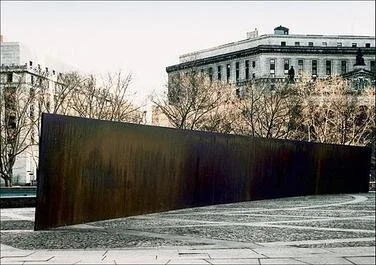How Dinosaurs Came to New York
By Lukas Rieppel
On February 16, 1905, the American Museum of Natural History unveiled an enormous dinosaur skeleton measuring more than sixty-five feet in length: Brontosaurus. This lumbering behemoth was discovered in a remote part of Wyoming several years earlier, and curators had just finished assembling its gargantuan bones into a free-standing display that would serve as the centerpiece of the museum’s recently inaugurated dinosaur hall. Over the next several decades, Brontosaurus became one of the most iconic dinosaurs of all time, and throngs of visitors flocked to the Upper West Side to see its fossil remains with their own eyes.
Read More




